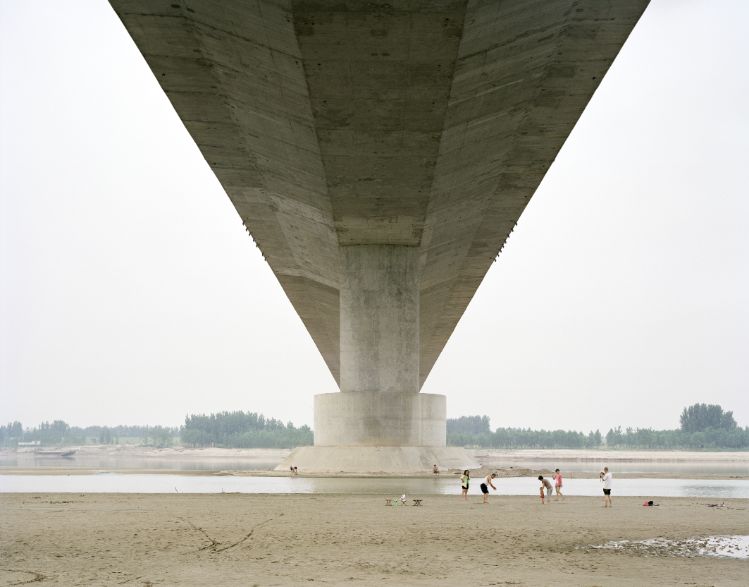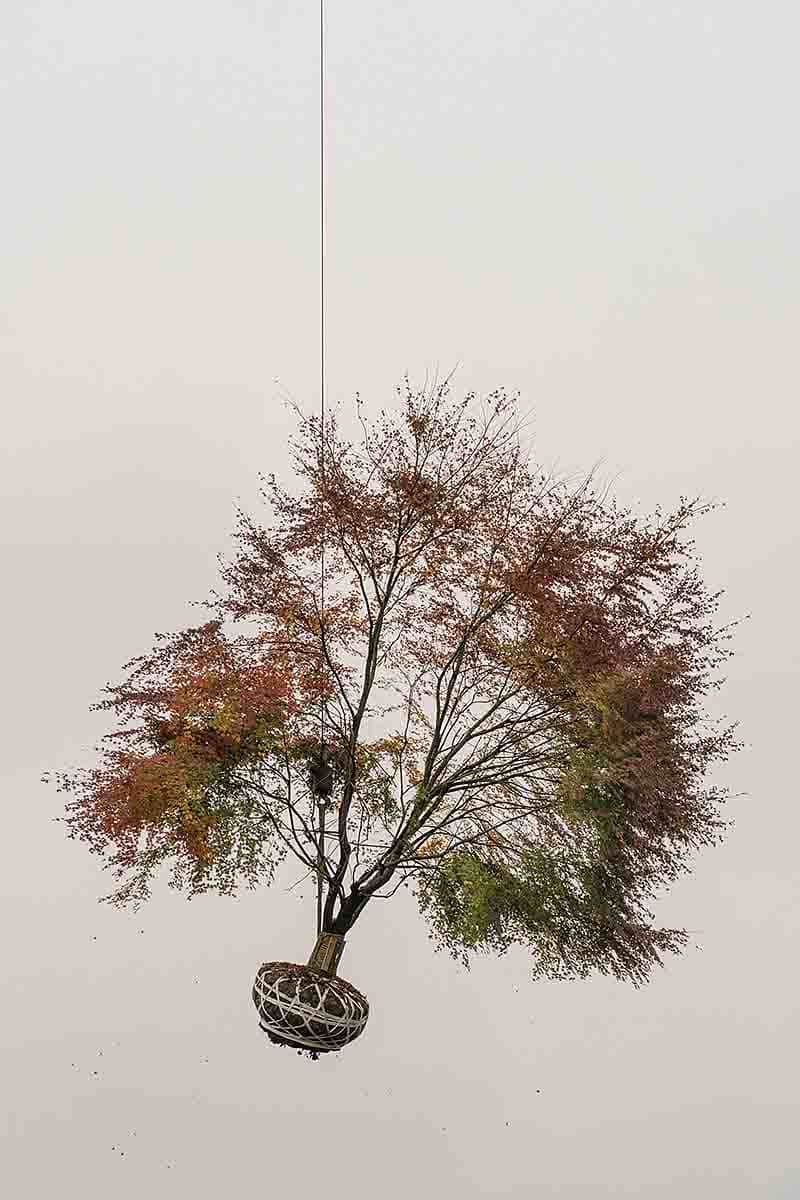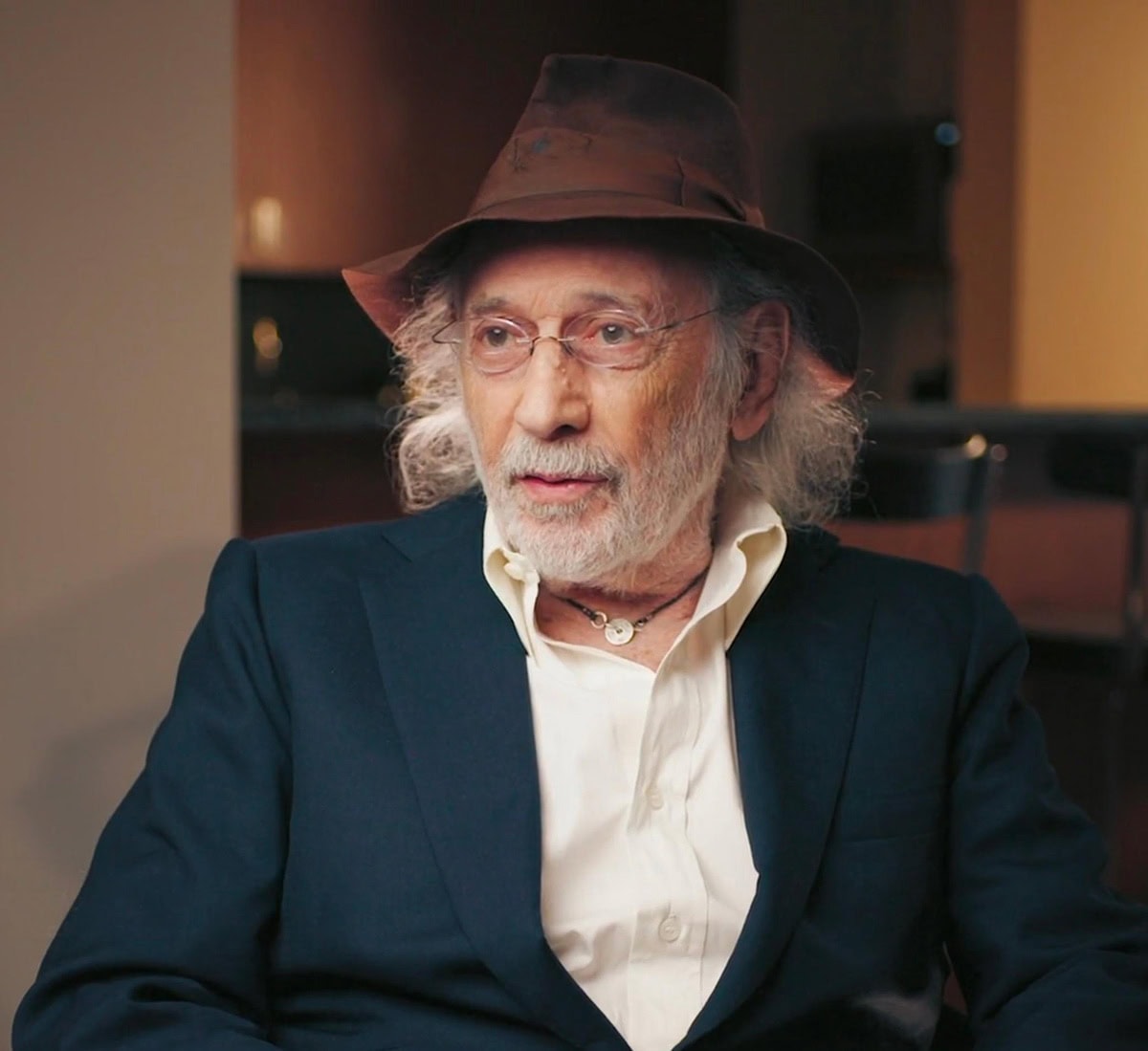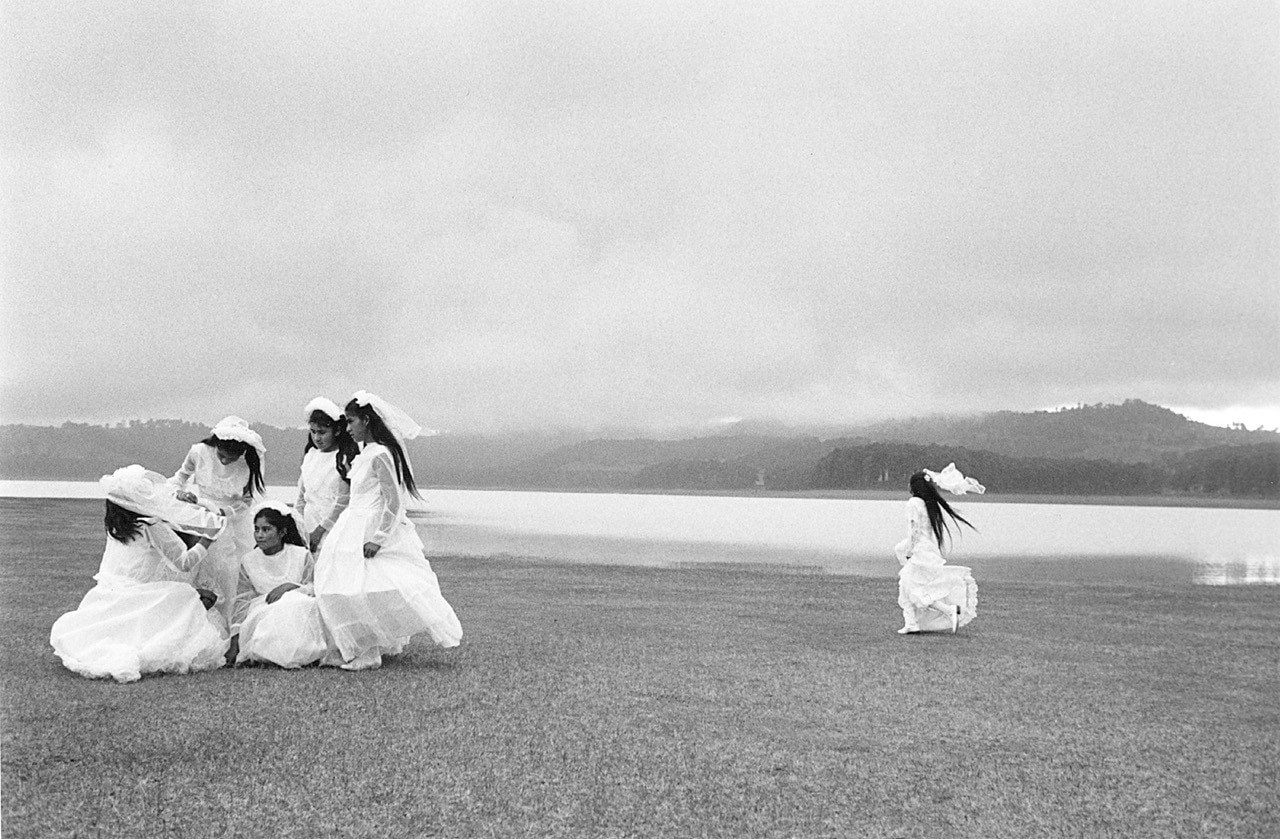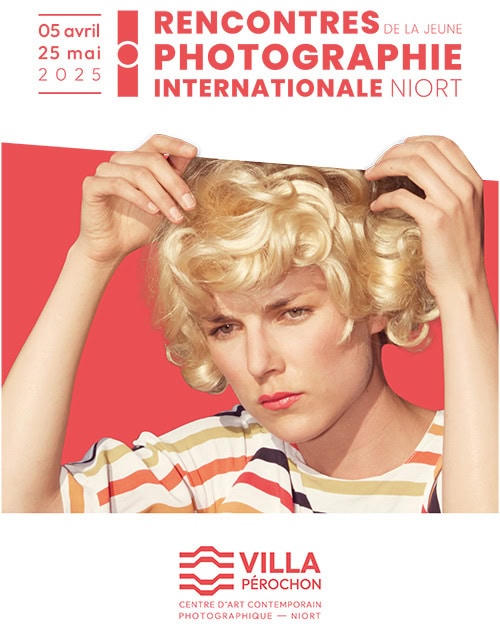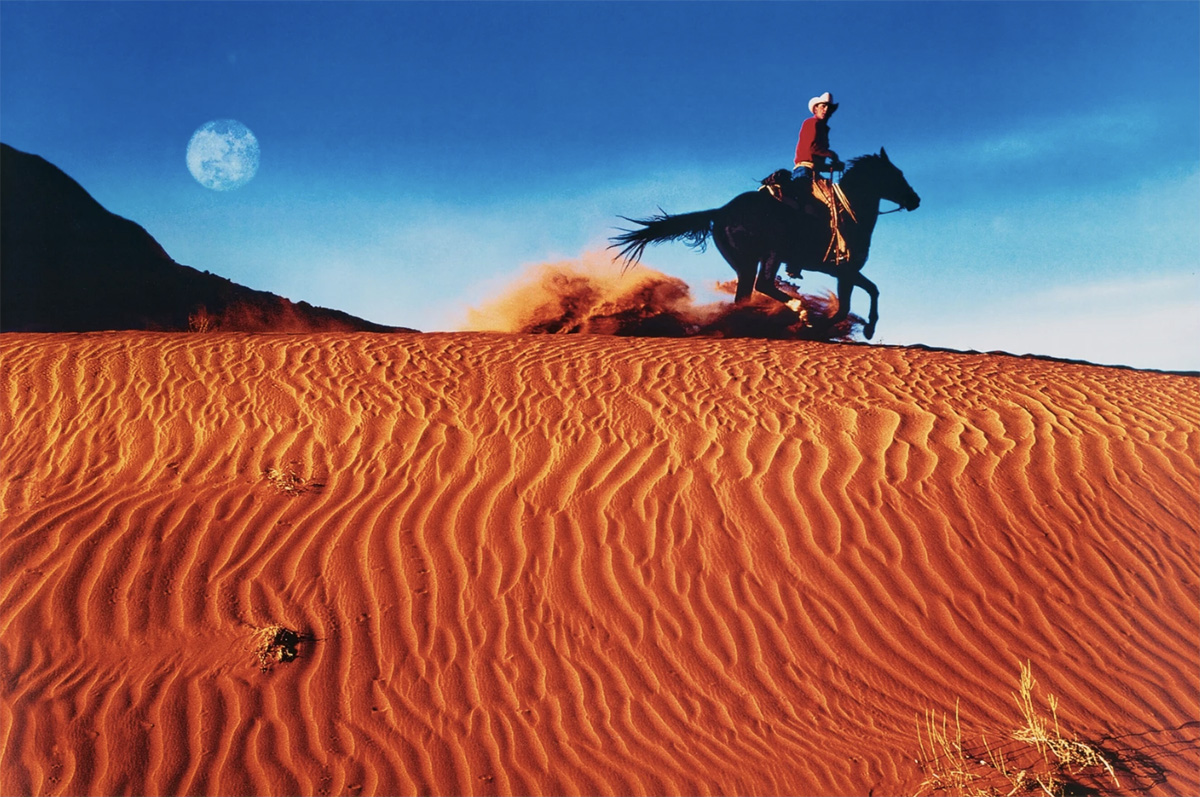Zhang Kechun: Between Mountains and Water

Following the ‘Cultural Revolution,’ China underwent a series of economic reforms that opened the country to international finance. The subsequent transformation of socio-economic life in China has, according to social psychologist Kuo-shu Yang, created two national ideologies. The first, being an idea of China as a coherent and enduring civilisation, gaining its identity through communion with the natural world and an ancient culture. The second, being an idea of modern China as the ‘world’s factory,’ a prosperous economy pushing technological advancements and forming a vital component of international Capitalism. Zhang’s photography can be understood as a longstanding investigation into how the contemporary Chinese experience is shaped by these two national identities.
Zhang’s series ‘Yellow River’ sought to document the role of the Huang He river in the modern day. Considered the cradle of Chinese civilisation, Zhang travelled the ancient waterway and surrounding country to photograph the people and places he encountered along the way. The result is a deeply thoughtful piece of social commentary that touches on the economic, environmental and religious aspects of life in modern China.

Stemming from this series is a similar body of work titled, ‘Between the Mountains and Water’. From this project, a photograph titled ‘Road to Mine’ displays a line of industrial trucks queuing on a provincial road, waiting to transport extracted materials away from the dusty mountainous landscape. The vast disparity of scale makes the heavy industrial machinery appear as model miniatures. Dust covers everything, making the trucks seem a similar colour as the jagged rocks, but in this similarity of colour, the difference in shape and presence becomes more starkly understood. The viewer senses the indifferent natural power of the landscape in opposition to the continual working of industry.
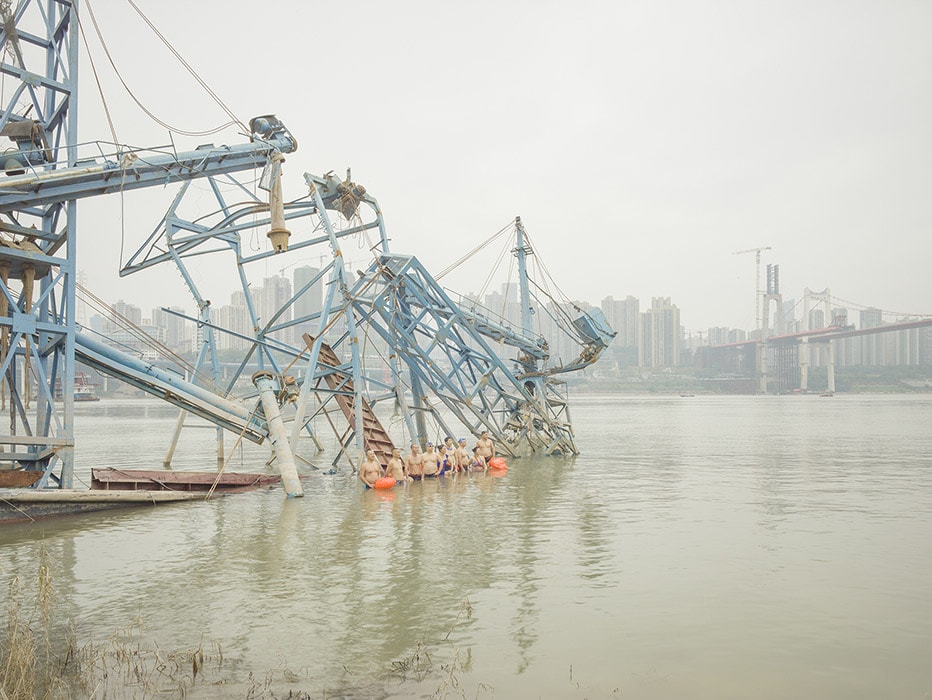
Another work from this series is titled, ‘Ruins Winter Swimming’, which shows a group of swimmers standing waist deep in the Huang He river. They all look in the same direction across the still waters, their backs to a mangled mass of metal piping and girders. Crushed and askew, the metal structure sags into the river. Its blue paintwork breaks through the muddy green of the water and the flat grey of the sky. Across the broad river, a crowded skyline of rectangular block buildings breaks through the mist. The small group of swimmers are the only perceived inhabitants, their figures are compositionally central, yet their presence appears inconsequential to the huge landscape of urban industry, water and sky. No matter the series, Zhang’s work reliably places human inhabitants as minimal agents in a much grander ongoing struggle between the mechanics of industrial urbanisation and the profound power of China’s natural landscape.
FeaturedZhang Kechun
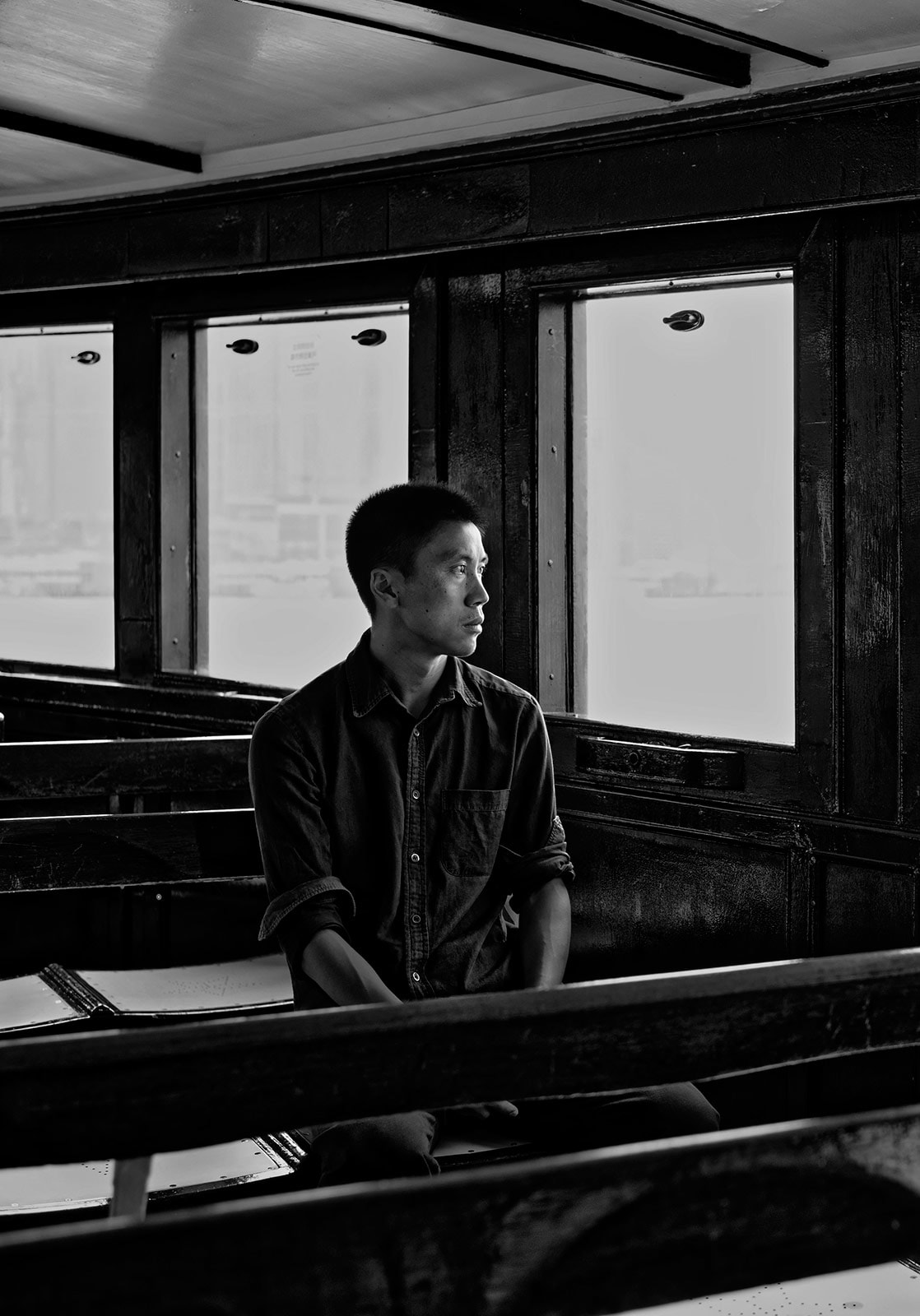
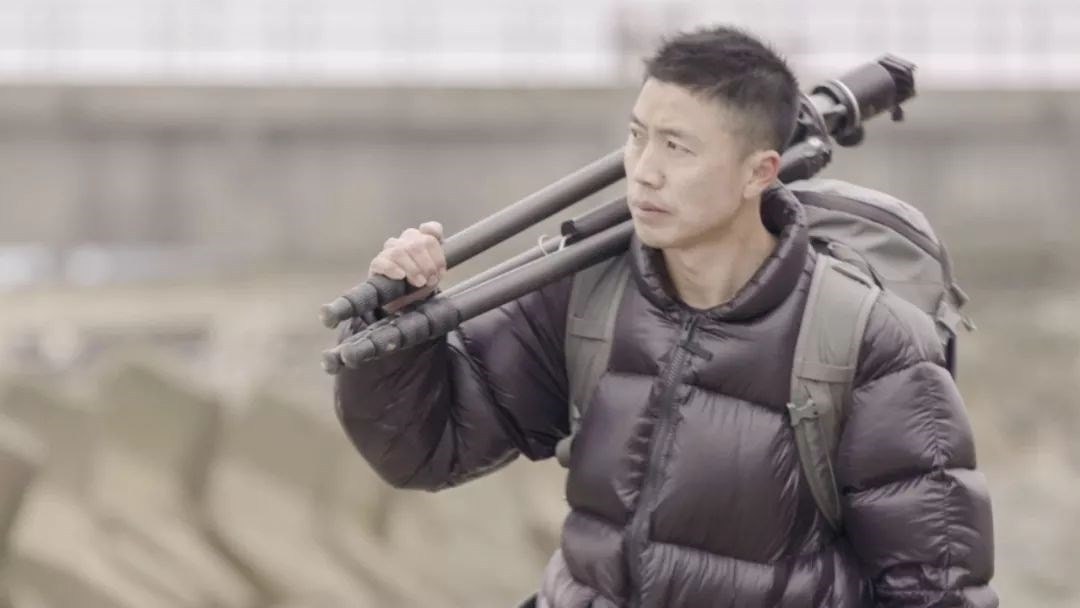
The ArtistZhang Kechun is best known for his large format photographs of post-industrial Chinese landscapes. He produces epic vistas that dwell on the significance of the landscape in modern Chinese national identity.
Zhang Kechun Artist Page
